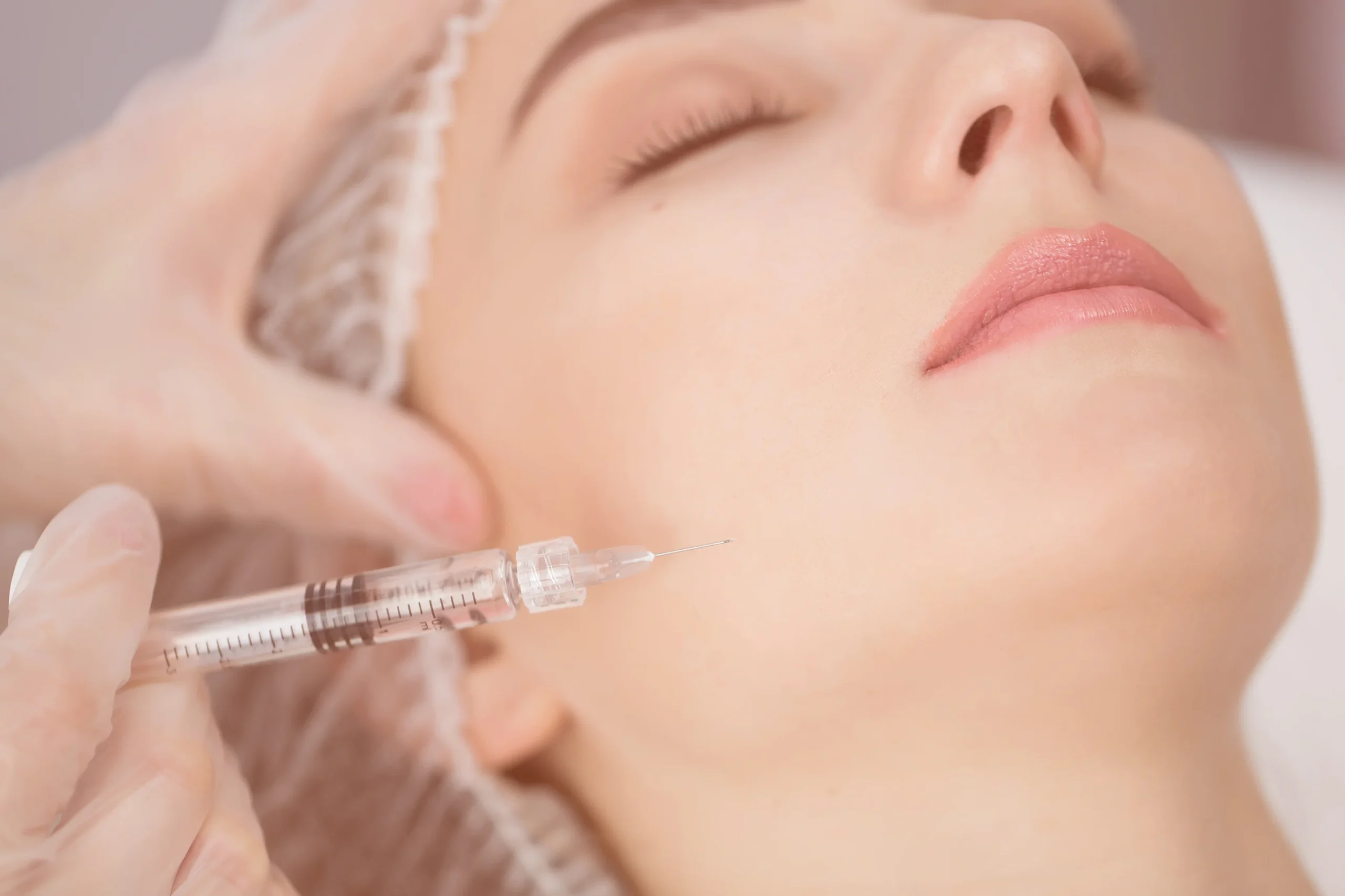Understanding Bruxism and Its Impact
Bruxism in Birmingham, commonly known as teeth grinding, affects many people worldwide. This condition often leads to jaw pain, headaches, and damaged teeth. Individuals with bruxism unconsciously clench their teeth, especially during sleep, causing significant discomfort and dental issues.
The Role of Botox in Treating Bruxism
Botox, a popular cosmetic treatment, has proven effective in alleviating bruxism symptoms. By targeting specific muscles responsible for teeth grinding, Botox offers relief from jaw pain and other related issues. Its use in medical treatments has expanded beyond aesthetics, showing promising results for those suffering from bruxism.
How Botox Works for Bruxism Relief
Botox works by relaxing the muscles involved in bruxism. When injected into the jaw muscles, it reduces their activity, preventing the excessive clenching and grinding that cause discomfort. The treatment is minimally invasive, with most patients experiencing significant relief within a few days of the injection.
Benefits of Using Botox for Bruxism
Immediate Pain Relief
One of the main advantages of Botox for bruxism is the immediate relief from jaw pain. Patients often report a reduction in pain within days, leading to improved quality of life.
Preventing Dental Damage
By reducing teeth grinding, Botox helps prevent further dental damage. This can save patients from costly dental repairs and maintain their overall oral health.
Minimally Invasive Treatment
Botox injections are quick and minimally invasive. The procedure typically takes less than 30 minutes, making it a convenient option for those with busy schedules.
What to Expect During a Botox Treatment for Bruxism
Consultation with a Specialist
The first step in receiving Botox for bruxism is a consultation with a specialist. During this appointment, the doctor will assess your condition and determine the appropriate treatment plan.
The Injection Process
The Botox injection process is straightforward. The specialist will inject small amounts of Botox into the jaw muscles. Most patients experience minimal discomfort during the procedure.
Post-Treatment Care
After the injection, patients can resume their daily activities almost immediately. Some might experience mild bruising or swelling, but these side effects typically subside within a few days.
Long-Term Effects of Botox on Bruxism
Botox provides temporary relief from bruxism symptoms, typically lasting three to six months. Regular follow-up treatments are necessary to maintain the benefits. Over time, some patients may find their symptoms diminish with consistent treatment.
Is Botox the Right Choice for You?
Evaluating Your Symptoms
If you suffer from chronic jaw pain, headaches, or dental damage due to bruxism, Botox might be a viable treatment option. Consult with a healthcare professional to evaluate your symptoms and discuss the potential benefits of Botox.
Considering the Costs
While Botox is effective, it can be costly. Weigh the costs against the benefits, considering the potential savings from avoided dental repairs and improved quality of life.
Exploring Alternative Treatments
Before committing to Botox, explore alternative treatments such as mouthguards, stress management techniques, and physical therapy. A comprehensive approach might provide the best results for managing bruxism.
Conclusion
Botox offers a promising solution for those suffering from bruxism. By reducing muscle activity in the jaw, it alleviates pain and prevents further dental damage. Consult with a specialist to determine if Botox is the right treatment for your bruxism symptoms, and enjoy a pain-free, peaceful life.
